Question
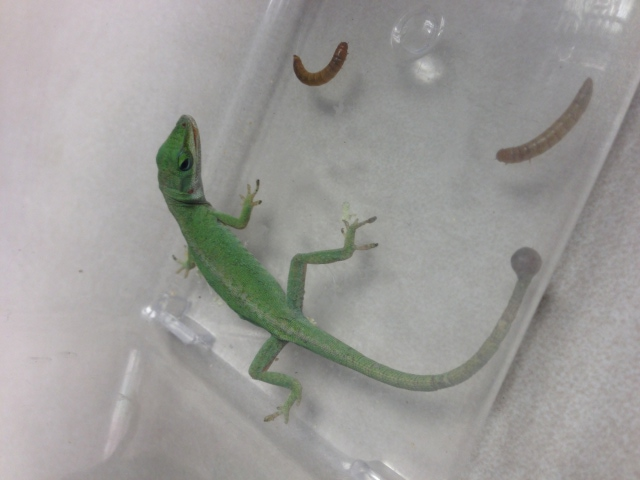 Axebella
Axebella
Hello Donna. My son and I have a green anole which we purchased 13 months ago. It has spent most of its time brown, and opposite of what I read on the internet seems to turn green when stressed.
It is often brown while basking, and turns green when removed from the terrarium for cleaning and feeding.
She (no dewlap) eats more worms than crickets, both of which are gut fed prior to feeding, but chooses worms over crickets.
I recently went on a vacation with my son and the anole (Axebella) was cared for by family. When I got her back I noticed a cyst or blister of some type at the tip of her tail. YouTube and Google are not helping me find similar diagnoses and living in a northern Canadian city makes vet expertise difficult to source. Have you seen this before (pic att)? And if so, do you know what needs to be done for her?
Thank you in advance for taking the time to review my question,
respectfully.
AnswerDefinitely looks like an infection of some sort. I also see what may be signs of hypocalcemia, which causes metabolic bone disease. Make sure you use a calcium + D3 dust on all feeder insects (gut-loading is not enough), and that your UVB light is fresh (fluorescent UVB lights must be replaced every 6 months - the UVB producing coating degrades over time). If you have access, expand the diet. Green anoles also appreciate black soldier fly larvae, which are sold as 'Phoenix Worms' or 'Calci-worms.' A species of large flightless fruit fly (flightless Drosophilia hydei) will also be enjoyed. Stick to 1/4 inch crickets - all feeders should be no larger than the space between the lizard's eyes, or they will be too difficult to swallow, and could cause jaw issues, or present a choking hazard.
An infection could potentially spread and kill an animal. Fortunately, there's actually a simple solution! Green anoles are a species which can autotomize and regrow their tails. Simply break the tail above affected and discolored tissue, well into the point where tissues appear completely healthy.
Do not cut the tail. The tail is designed to break at special cleave points, and will detach virtually bloodlessly. Don't use more force than necessary, and take your time - the animal will do the rest. The tail will wiggle violently once detached, so don't let that alarm you. Don't fear hurting the animal. The tail is designed to break off, and shouldn't cause pain when the animal loses it. (Which is not to say that she will enjoy it - it's very stressful. Be sure that she has plenty of water, her cage temperatures are just right, and there's plenty of cover - fake or real plants with broad leaves to hide in. Keep her quiet and well fed afterward).
The tail will regrow. The regrown tail will not be quite as pretty as the original (and may even be a different color), but it will work just fine.


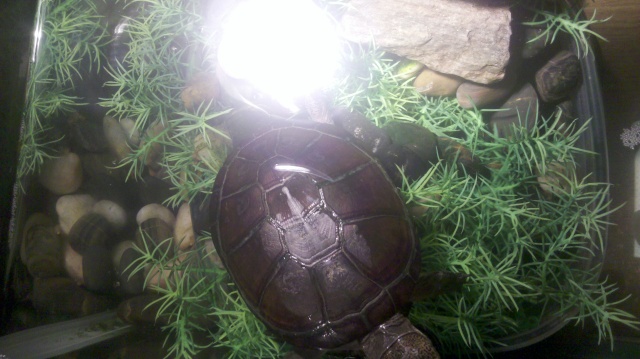 african sideneck turtle
Question
african sideneck
five had my African sidekick
african sideneck turtle
Question
african sideneck
five had my African sidekick
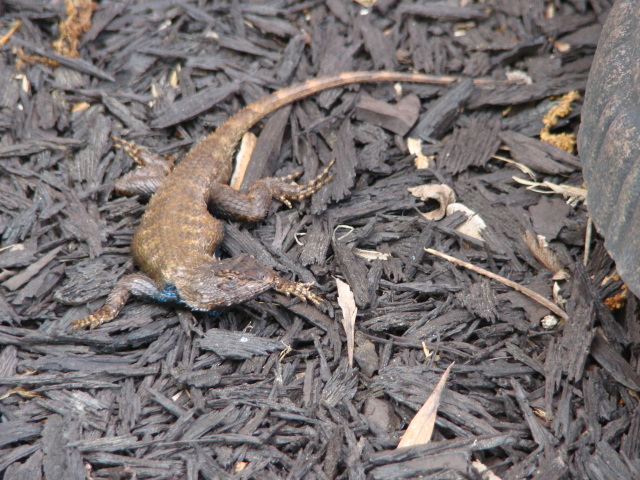 Identify lizard
QuestionUnknown lizard
QUESTION: I live in centr
Identify lizard
QuestionUnknown lizard
QUESTION: I live in centr
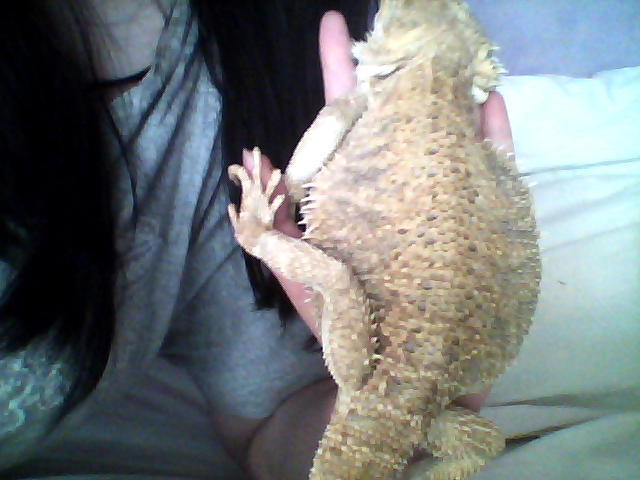 New bearded dragon hi tracie
Question
little skinny perhaps
Hi Tracie...
I tried to
New bearded dragon hi tracie
Question
little skinny perhaps
Hi Tracie...
I tried to
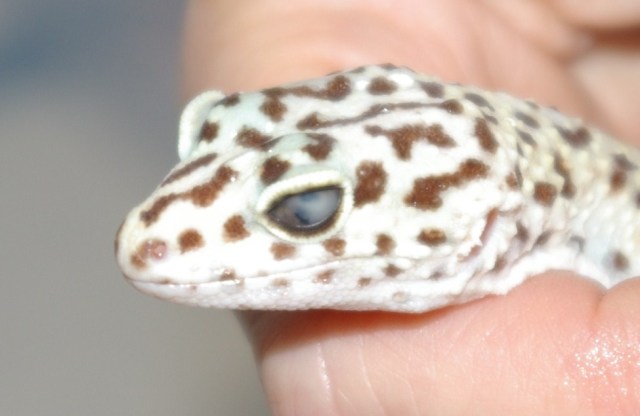 Clouded Leopard Gecko Eye
QuestionMaxs Eye
QUESTION: Hi, Tracie, Our femal
Clouded Leopard Gecko Eye
QuestionMaxs Eye
QUESTION: Hi, Tracie, Our femal
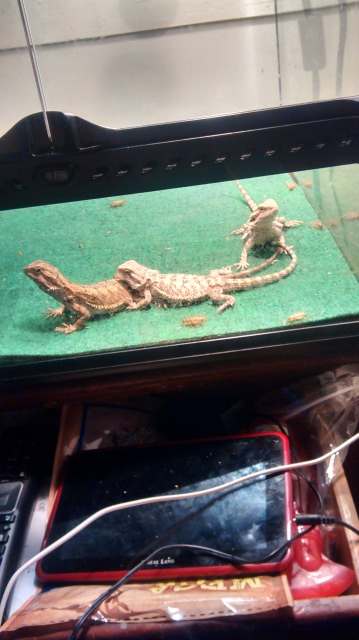 my bearded dragons
Questionmy dragons
QUESTION: Hello I have three
my bearded dragons
Questionmy dragons
QUESTION: Hello I have three